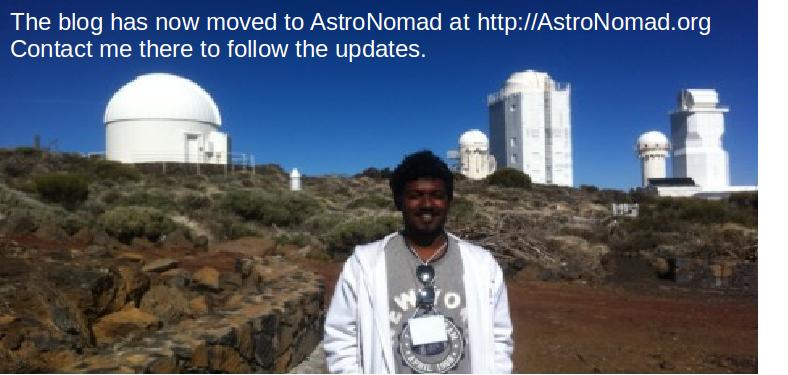
Galileo's birthday:
Galileo Galilei was born on February 15, 1564. Neither his parents nor their neighbors in Pisa expected at the time that 436 years later a spacecraft named after him would be on its way to Jupiter, or that a crater on the moon would bear his name, or that more than two hundred thousand Galileo Internet sites could be accessed by a few computer keystrokes. But Galileo's road to fame was not without its pitfalls, and he ended up nearly blind (from looking directly at the sun through his telescope) and a prisoner in his own house, courtesy of the Inquisition.
How did Galileo get into such trouble with the Catholic Church? The Church had already accepted the heliocentric theory of Copernicus as a working hypothesis, and Galileo himself had enough fame and prestige to be granted audiences by two successive Popes. But Galileo's own daughter (a nun who was no mean thinker and astronomer herself, as their preserved correspondence proves) as well as many of Galileo's influential friends warned him not to force the debate over Copernican theory into the religious arena: the Church was in the midst of the Counter-Reformation and wasn't in the mood to be lectured on religion by a scientist.
In 1611 Galileo had made a well-publicized visit to Rome where Cardinals feted him and Pope Paul V praised his work. Cardinal Maffeo Barberini was particularly intrigued and met often with Galileo. But for the next twenty years, his relations with the Church deteriorated. Galileo became a politico-religious pamphleteer belligerently confronting both the Church and other scientists.
Galileo's pamphlets were not bland scientific arguments, and he finally infuriated even Cardinal Barberini, who in 1623 had been elected Pope Urban VIII. In his famous Dialogue, published in 1632, Galileo cast the defenders of Aristotelian cosmology as fools, and he gave Simplicio, the most foolish of the fools, lines that clearly reflected Urban VII's own publicized arguments in the ongoing cosmological debate. Almost simultaneously he alienated the Jesuits, who had previously defended him, by publicly and violently attacking their theory on the nature of comets (and Galileo was dead wrong on this one -- he thought comets were "exhalations of the atmosphere.") The Pope and the Jesuits did not participate in the attacks on Galileo, but they didn't defend him either when the many enemies he had made brought his case to the attention of the Inquisition.
For information about the famous scientist, visit the following Internet sites:
For a biography and useful Galileo links:
http://www-groups.dcs.st-and.ac.uk/~history/Mathematicians/Galileo.html
For NASA's Thursday's Classroom information for Student's, teachers and parents:
http://www.thursdaysclassroom.com/
For the Catholic Church's historically accurate if slanted defense of its dealings with Galileo:
http://www.catholic.net/rcc/Periodicals/Issues/GalileoAffair.html
For information of the Galileo space mission to Jupiter and its moons (which Galileo discovered):
NASA plans a party for Galileo
In conjunction with Galileo's birthday next Sunday, the National Aeronautics and Space Administration is releasing images from its Great Observatories -- the Hubble and Spitzer space telescopes and the Chandra X-ray Observatory -- to more than 100 U.S. planetariums, museums, nature centers and schools.
"The selected sites will unveil a large 9-square-foot print of the spiral galaxy Messier 101 that combines the optical view of Hubble, the infrared view of Spitzer and the X-ray view of Chandra into one multi-wavelength picture," NASA said. Each image presents a different wavelength view of that galaxy, illustrating how far astronomy has come since Galileo first turned his telescope to the sky in 1609.
"It's like using your eyes, night vision goggles and X-ray vision all at the same time," said Hashima Hasan, NASA's lead scientist for the International Year of Astronomy.
Messier 101 is a spiral galaxy about 22 million light-years from Earth in the constellation Ursa Major.
The Feb. 14-28 unveilings will occur at 76 museums and 40 U.S. schools and universities. A list of the exhibits is available at http://hubblesource.stsci.edu/events/iya/participants.php
"You shall cost more for candles rather than the cake, and that indicates you're getting old..." - Bob Hope





0 Comments:
Post a Comment